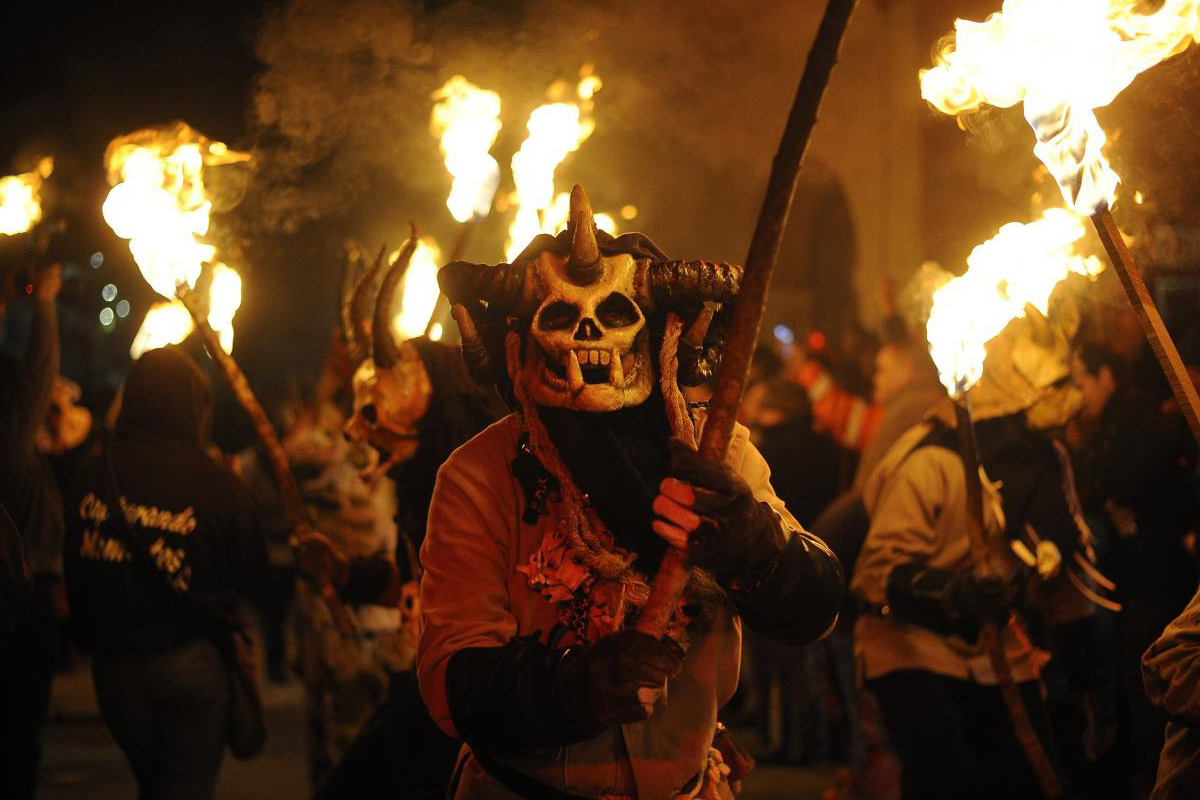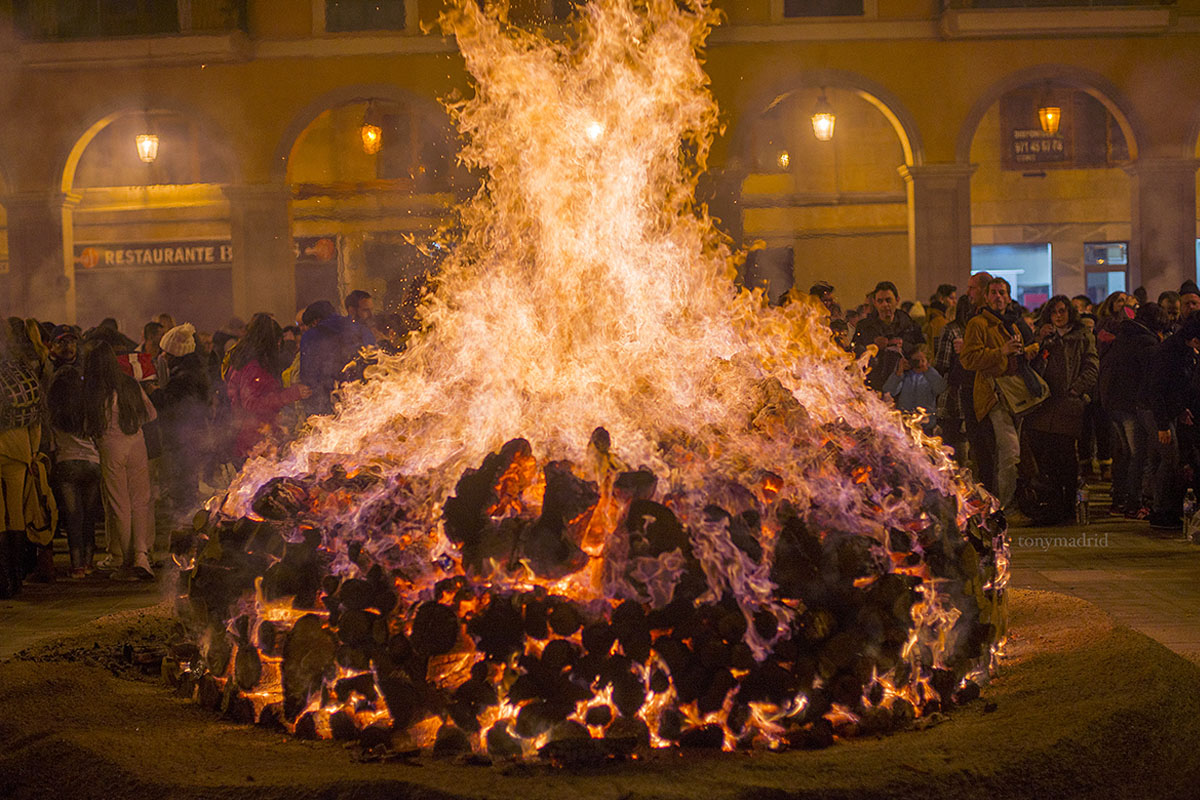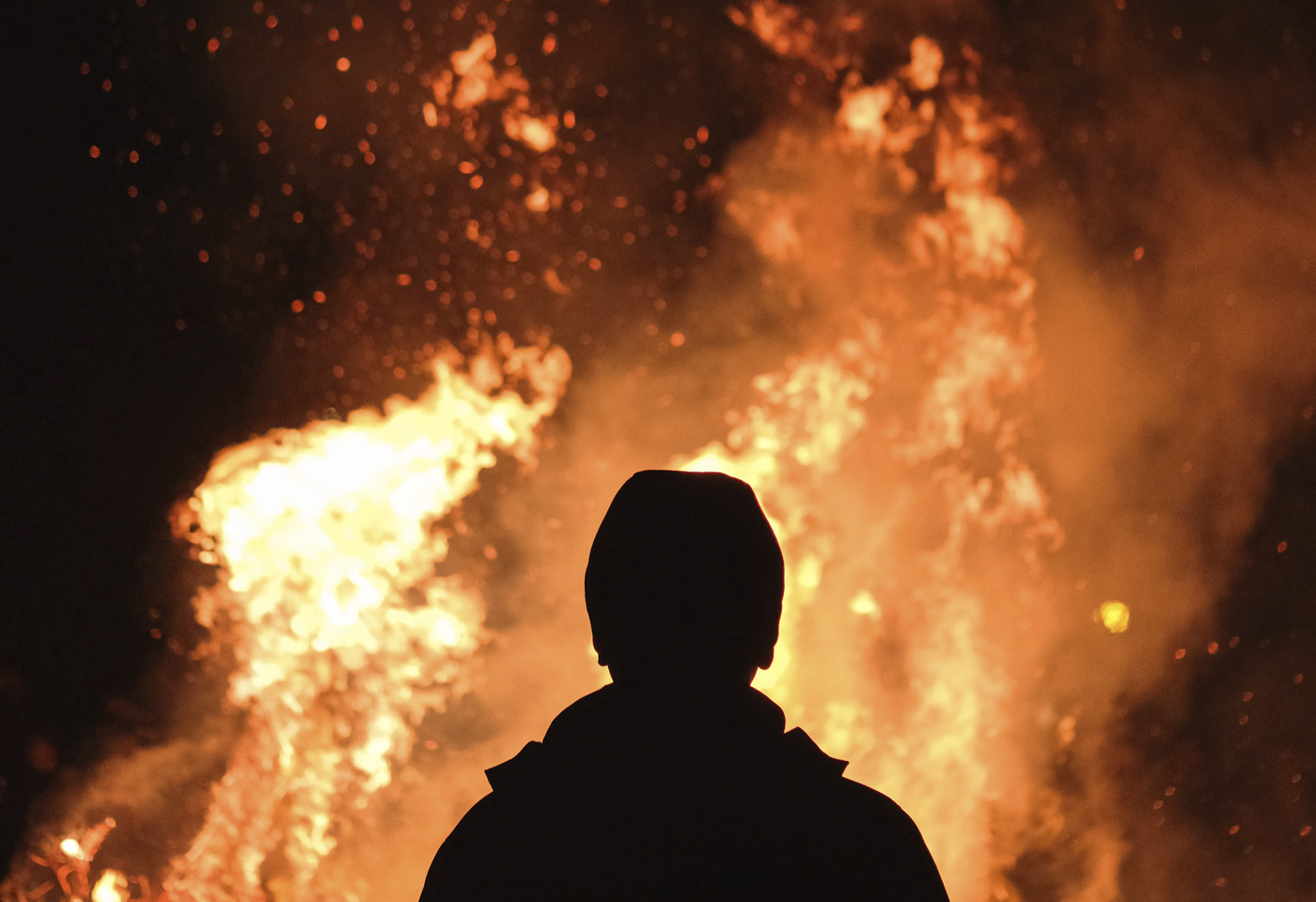In Mallorca we take traditions very seriously. One of the things we love about this island is that culture; traditional fiestas and Majorcan history play a fundamental role in our routines.
We’re used to giving local festivities an important role, as we firmly believe in holding on to traditions in order to show our children and the ones yet to come what this island is really about.
All year around you will be able to enjoy different festivities on the island and in the month of January there are two celebrations with the same theme coming our way.
Sant Antoni and Sant Sebastià – Majorcan festivities
Sant Antoni and Sant Sebastià are both celebrated in the same week, as the theme of both ‘fiestas’ is the same. Living in a Catholic country, it is no surprise that we worship saints. In Sant Antoni and Sant Sebastià, 17th and 20th January, all Mallorca lights bonfires. The festivities flow into each other, and you are highly likely to see people dressed up as devils (demoni) throughout the week, although this is historically connected to Saint Antoni who was repeatedly tempted by the devil in the desert.

Sant Antoni in Mallorca
The 17th of January is the day Saint Anthony the Abbot, patron saint of animals, a festivity mostly celebrated in towns and villages all over Mallorca. The big celebration of the patro saint begins on the night before with the foguerons: bonfires on which to grill llangonisses and botifarrons, and around which the villagers get together to sing glosses, traditional Majorcan compositions sung to the rhythm of the local instrument called ‘ximbomba’.
The most lively celebrations of Sant Antoni take place in Sa Pobla, Manacor and Artà, where the ‘foguerons’ and ‘dimonis’ take over the streets offering a unique atmosphere showing you what Mallorca’s traditions are really like.

On the 17th the ‘beneïdes’ take place: animals are blessed in Saint Anthoni’s name. The local priest takes up residence in a prominent square in villages across Mallorca and its residents, many dressed in their traditional finery, bring their animals for a blessing: horses, donkeys, pigs and even domestic ‘companions’ such as dogs, cats and birds receive a sprinkling of the holy water.
Sant Sebastià in Mallorca
Saint Sebastian is one of the strongest traditions on the island. Sant Sebastià is the patron saint of the city of Palma de Mallorca, which is why this festivity takes place there. He refused to renounce Christianity and was, as a result, shot with arrows and left for dead by Roman emperor Diocletian.
Being the patron saint of the city, Palma dedicates a whole week to Saint Sebastian festivities, combining the Saint Anthony’s blessings, numerous free open air music concerts, parades of “Gegants”(giant papier mache figures) and art exhibitions all around the city. One of the main attractions of Sant Sebastià is the ‘Drac de Na Coca’, a fibre glass sculpture built by local craftsman commemorating a mysterious crocodile. The dragon shows up on the 19th during the ‘Revetlla de Sant Sebastià’, the most festive evening during which Palma’s residents light up several ‘foguerons’ (bonfires) all over the city and grill together!

